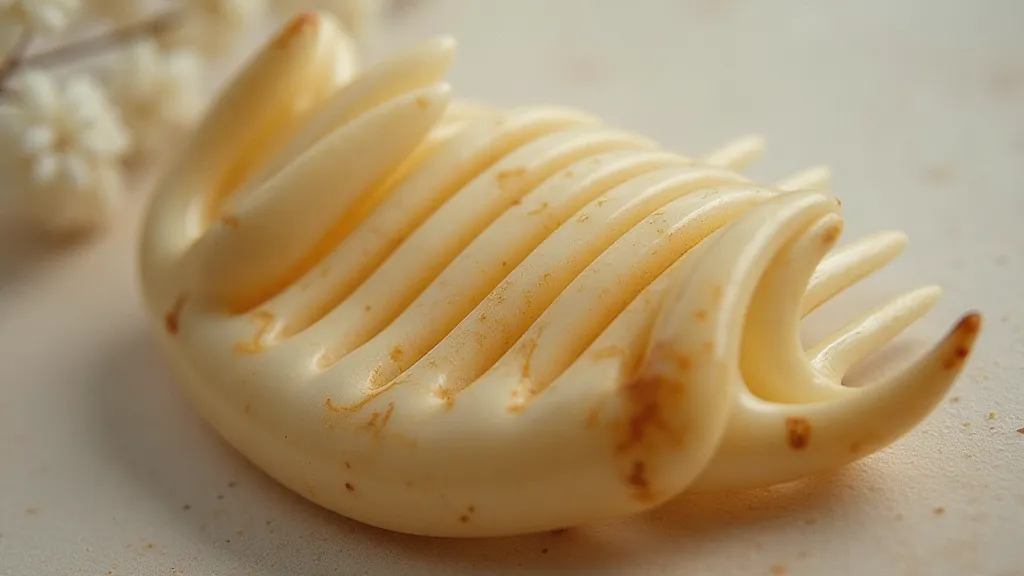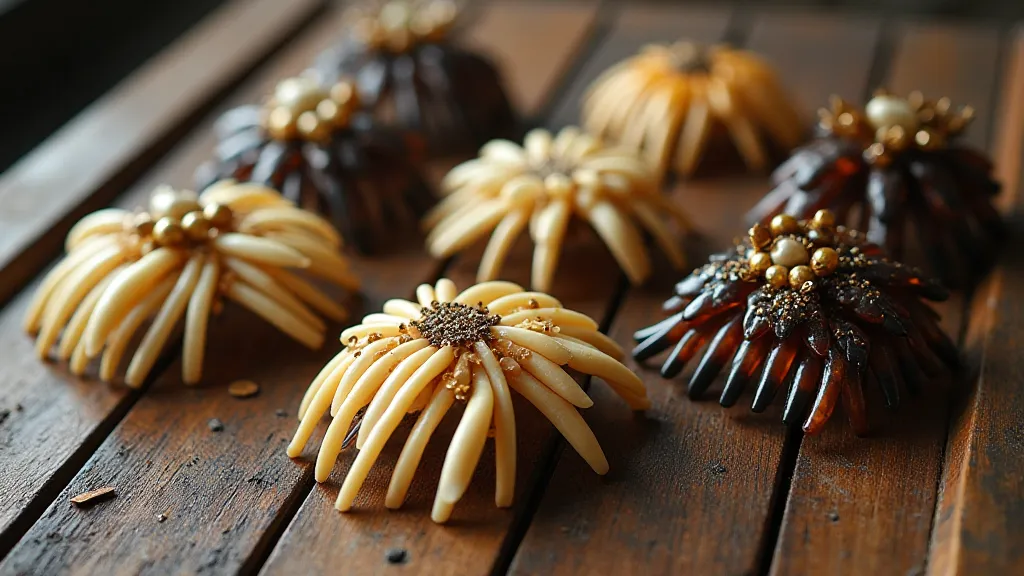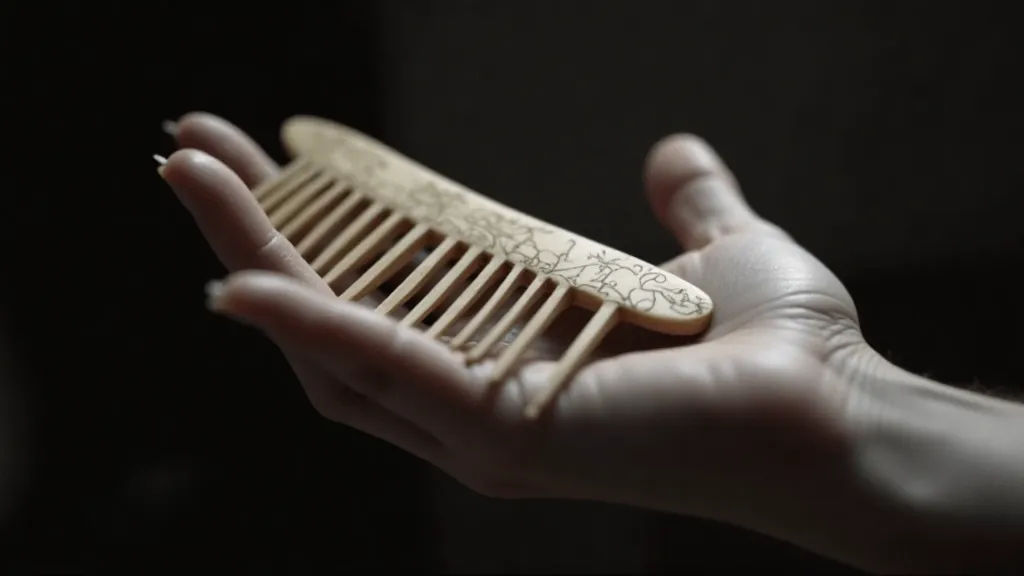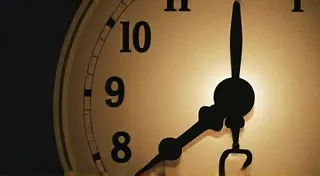The Bone Orchard: A Collector’s Examination of Horn & Bone Hair Combs
There’s a certain melancholy beauty to objects born from the remnants of something else. A poignant echo of a life lived, transformed into an enduring form. This is particularly true when considering hair combs crafted from horn and bone. Often overshadowed by their tortoiseshell or ivory counterparts, these “bone orchard” combs – as I’m fond of calling them – possess a quiet dignity, a story etched into their very structure. They whisper of resourcefulness, of artistry born from necessity, and of a deeper connection to the natural world.
My own fascination began with a single, unremarkable comb. I’m not wealthy; my collecting is driven by a love of history and a sense of discovery, not investment. It was discovered in a dusty antique shop in rural Pennsylvania. The vendor, a woman with knowing eyes, simply said, "It's bone, dear. Someone’s grandmother's, probably." Its surface was cloudy with age, the edges chipped, the intricate carvings barely discernible. Yet, holding it in my hand, I felt an undeniable pull. It wasn't about monetary value; it was about the feeling of holding something that had touched another human being, a small piece of someone’s past.
The Materials: Beyond the Surface
Understanding these combs begins with understanding their raw materials. Unlike the dramatic swirls of tortoiseshell, horn and bone present a more uniform, muted palette. Horn, typically from cattle or sheep, is keratin, a protein that forms the outer layer of many animals. Bone, of course, is calcium phosphate, a strong and relatively lightweight material. Both were readily available byproducts of the meat industry, making them affordable and accessible materials for craftspeople.
The process of transforming these materials into a functional and beautiful comb was surprisingly complex. Horn needed to be soaked in water to soften it, allowing it to be steamed and molded. Bone, even denser, required precise sawing, filing, and polishing. The level of skill required to create a durable and aesthetically pleasing comb was considerable. Poorly crafted bone combs were brittle and prone to breaking, so a craftsman’s reputation depended on the quality of his work. Examining antique combs, you can often discern the maker's skill – and sometimes, their imperfections – in the fine details of the carving and shaping.

A History Etched in Form
The history of horn and bone combs stretches back centuries. They were particularly prevalent in the 18th and 19th centuries, particularly amongst those who couldn't afford luxury materials like tortoiseshell or ivory. While wealthier classes favored elaborate, highly decorated ivory combs, bone and horn combs were a practical and accessible option for the majority.
Interestingly, the design and construction methods often mirrored those used for more expensive combs. You’ll find “fruit” combs—shaped like peaches, pears, or plums—made from bone just as commonly as you find them in tortoiseshell. Similarly, elaborate pierced designs and intricate carvings were adapted to these more humble materials. This wasn’ts simply about economy; it was about aspiration, a desire to emulate the elegance of the upper classes, even within the constraints of available resources. Many antique collectors are drawn to these pieces precisely because of this fascinating interplay between aspiration and constraint, a visual representation of societal desires.
During the Victorian era, practicality and modesty were highly valued. Bone combs, often simpler in design, reflected this sentiment. They were a staple in a young woman's coiffure, essential for maintaining the elaborate styles popular at the time. Imagine a young woman, preparing for a day of work or a social gathering, carefully arranging her hair with a bone comb – a small, daily ritual connecting her to a lineage of women who had done the same. This daily ritual wasn't merely about aesthetics; it was a performance of social standing and a connection to familial and societal expectations. The nuances of Victorian hair styling, and the accessories used, are often overlooked, but reveal so much about the era's social fabric. The whole process of hair adornment was itself a complex and fascinating social custom.
The rise of Bakelite and other synthetic materials in the early 20th century gradually led to the decline of horn and bone combs. While they didn’t entirely disappear, their production significantly reduced, solidifying their status as genuine vintage pieces. The social context surrounding these pieces shifted dramatically, too. What was once a utilitarian accessory transitioned into an antique, imbued with a sense of history and nostalgia.
Recognizing and Appreciating the Details
Collecting vintage horn and bone combs isn’t about chasing rarity or high prices. It's about appreciating the craftsmanship and the story behind each piece. There are, however, a few things to look for when building a collection.
Firstly, examine the surface. Genuine horn and bone have a distinct texture and appearance. While age will inevitably cause discoloration and clouding, look for the subtle variations in grain and the natural imperfections that characterize these materials. Be wary of combs that appear too perfectly uniform, as they may be made of a synthetic material. These natural imperfections often become a sought-after characteristic amongst collectors; they are testament to the comb’s age and authenticity.
Secondly, pay attention to the construction. Look for evidence of hand-carving and hand-filing. These details are a testament to the skill of the craftsman. Also, examine the teeth. Are they evenly spaced and well-shaped? Are there any signs of damage or repair?

Thirdly, consider the design. While simplicity is often a hallmark of horn and bone combs, even the most modest designs can be surprisingly elegant. Look for unique carvings, interesting shapes, and a sense of overall balance and harmony. Exploring the evolution of these designs can be a fascinating journey, revealing much about changing tastes and social influences. This connection to broader historical trends is one of the most rewarding aspects of collecting.
Restoration and Preservation: A Gentle Approach
Many vintage horn and bone combs will require some level of restoration or preservation. However, it’s important to approach this process with caution. These materials are porous and delicate, and aggressive cleaning or polishing can cause irreparable damage.
Gentle cleaning with mild soap and water is usually sufficient to remove surface dirt and grime. Avoid harsh chemicals or abrasive cleaners. For heavily soiled combs, you might try a soak in distilled water, followed by careful drying.
Polishing is a more controversial topic. While it can restore some of the original luster, it can also remove the natural patina that adds character and authenticity. If you do choose to polish, use a very fine grade of polishing compound and a soft cloth, and be sure to test it on a small, inconspicuous area first. The stories these pieces tell are often embedded in the subtle nuances of their patina, and removing that layer risks erasing a vital piece of history.
Ultimately, the goal is to preserve the integrity of the comb, not to make it look brand new. Embrace the imperfections and the signs of age; they are part of the comb’s story. They offer a glimpse into the hands that shaped them, the hair they graced, and the lives they touched.
My collection isn’t vast; I have perhaps a dozen or so bone and horn combs. Each one is a small window into the past, a reminder of the ingenuity and resourcefulness of those who came before. They aren't investment pieces, and their beauty lies not in their market value, but in the quiet stories they hold. Holding one, feeling its smooth, worn surface, I’m reminded that even the simplest objects can possess a profound beauty and a deep connection to the human experience. The evolution of hairstyles themselves, and the tools used to achieve them, provides an intriguing context for understanding social trends across generations. Exploring these connections can enrich the collector’s appreciation for these seemingly simple objects. You might find yourself drawn to understanding the social rituals surrounding these accessories, a theme explored in more detail in Whispers of the Salon: The Social Rituals Surrounding Vintage Hair Combs.

The “bone orchard” continues to yield its treasures, patiently waiting for those willing to look beyond the surface and appreciate the quiet beauty of a forgotten craft. And for those interested in understanding the ethical considerations around collecting antique ivory alongside these more sustainable options, further reading can be found in Ivory’s Lament: Ethical Considerations in the Vintage Comb Collector's Pursuit.
Beyond the materials and their transformations, considering the overall design evolution offers a broader perspective. The styles and motifs found on these combs weren't created in a vacuum; they reflected artistic trends and societal values. To learn more about the styles and their place in the broader fashion landscape, consider Silvered Dreams: The Evolution of Silver Hair Comb Design Across Eras.





